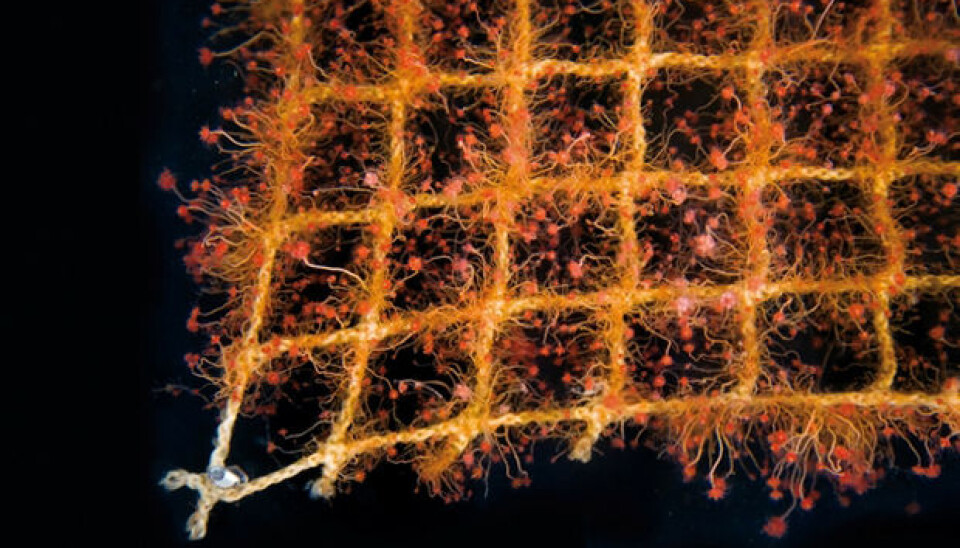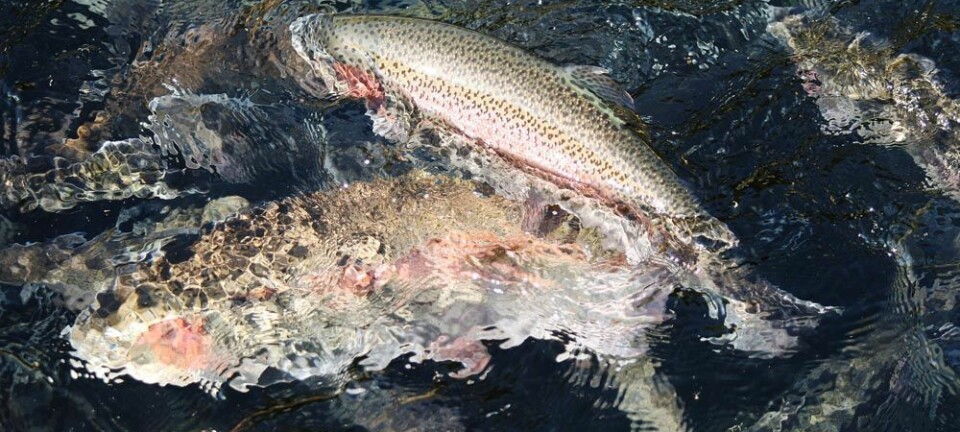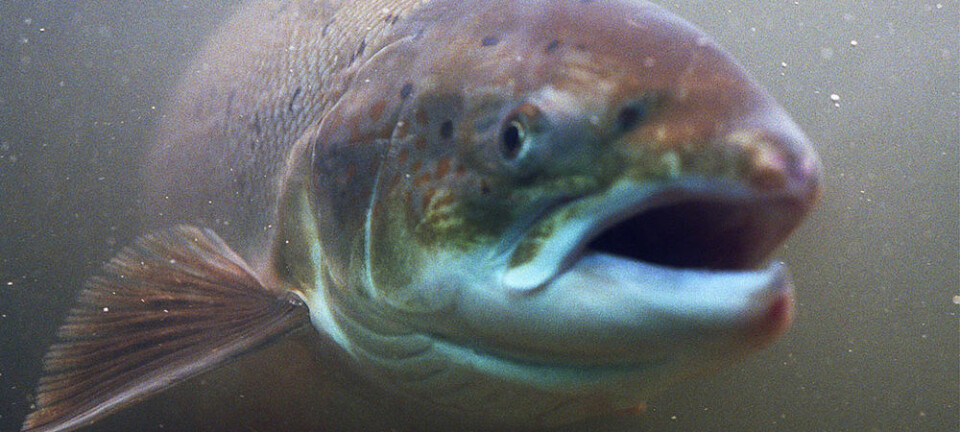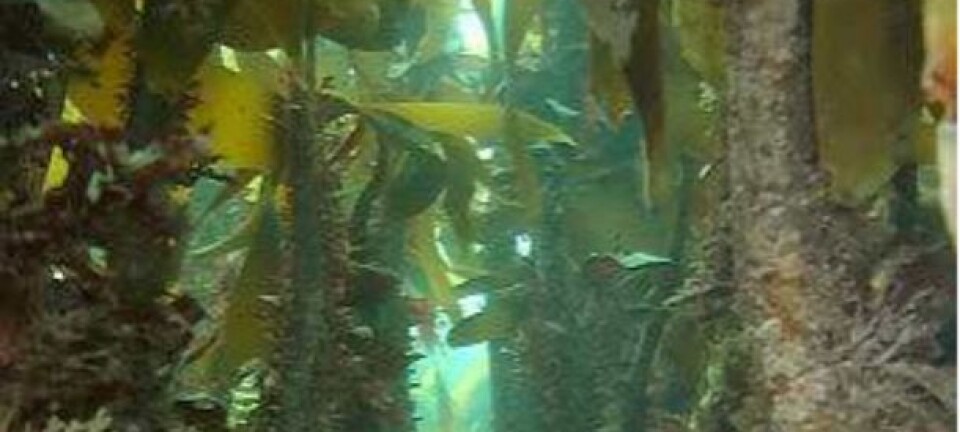An article from Norwegian SciTech News at SINTEF

Small creatures do great damage
A tiny animal has become a costly affair for fish farmers. Now scientists intend to make it hot for the little pest.
Denne artikkelen er over ti år gammel og kan inneholde utdatert informasjon.
The scientific name of the little hydroids is Ectopleura larynx. These small but “pushy” creatures measure no more than a few centimetres in length.
In the course of a few years, the species has evolved from living on rocks and ships’ hulls to being pests that prefer to settle on fish-farm sea-cages, where they do so well that they soon clog the nets. This reduces water exchange rates and thus the vital oxygen supply to the fish, as well as weighing down the cages, making them more liable to suffer damage in storms and heavy weather.
Hydroids are also food for fish called wrasse, which are often put into sea-cages to eat something quite different; fish lice.
"Hydroids thus reduce the efficiency of this environmentally friendly method of delousing,” says former SINTEF scientist Jana Guenther.
She has studied the small creatures in the laboratory, to see what is needed to get rid of them, preferably without unnecessary use of toxic chemicals or additives.
Today, copper antifouling coatings are normally used on cage nets, except in organic farms. This is expensive, and in any case the coating works for only a few months.
"Now we are trying to develop new, environmentally friendly solutions for removing hydroids - in cooperation with the industry,” explains Guenther.
Time-consuming and costly
Farmers spend a great deal of time trying to get rid of the tiny but potent pest: In the high season, between August and October, the nets are washed every other week. In periods of high water temperature, the problem can be so serious that the nets have to be cleaned even more often, which costs both time and money.
“It may well take three to four hours to hose a net clean, and when we know that fish farms often have as many as ten cages this absorbs a lot of resources,” says Guenther.
For the past three years, the SINTEF Sealab scientist and her colleagues have been studying just what enables the little animals to thrive so well on just sea-cages, before testing various ways to get rid of hydroids, both in the laboratory and in the field.
“We have found that washing works in the short run, but it also leads to faster re-growth on the nets. When the "roots" are left in place, they grow back in five or six days, and are soon back in full bloom with new polyps,” says Guenther.
Another problem is that washing itself spreads a large amount of larvae into the water, and these soon find their way back to the net.
Making life hot
In the search for new methods to get rid of hydroids, researchers have tried to make life both hot and miserable for those annoying little beasts, with good results:
“We tried giving the hydroids a quick bath in hot water at various temperatures, to see how they reacted.
"The results were quite clear: as long as the water was at 50o C or hotter, the bath was lethal. Larvae often disintegrated after only two or three seconds at 50o C, while the adults gave up when the water was 60o C,” explains Guenther.
Akva Group ASA and Egersund Net AS are two industrial companies who have participated in the project and who now wish to develop various techniques for removing hydroids using heat.
Acid test
The scientists also carried out trials using acetic acid - a method that is used to remove tunicates – another little animal that is responsible for fouling problems in shellfish production.
The solutions were tested at concentrations of 0.2 and 2.0 percent. In comparison, household vinegar is typically 5-7 percent acetic acid.
“We had no idea how hydroids would react. However, acetic acid turned out to be very effective in the youngest individuals, even at the lowest concentration,” says Guenther.
Not surprisingly, older animals are more resistant : They didn’t give up until the concentration of acetic acid was two percent, and lasted a little longer than small individuals.
The scientists are now going on investigate whether the dead hydroids themselves make fouling worse.
“Even when they die, hydroids do not become separated from the substrate they are growing on. This leads us to suspect that they can actually create a new attachment site for larvae that are already in the water. This is something we will look at in the next phase of the project,” says Guenther.
-----------------------------------------------------------------
Read the article in Norwegian at forskning.no

































